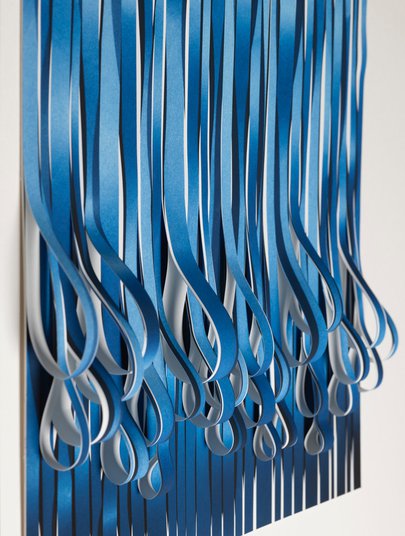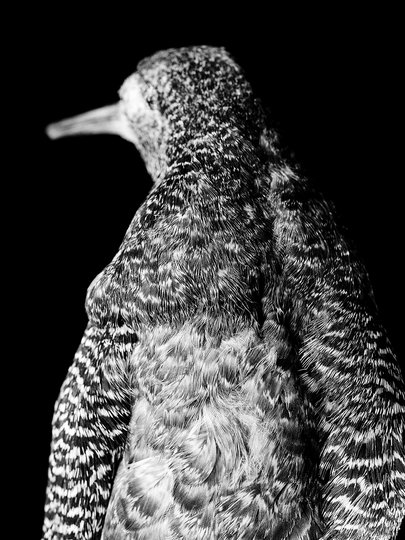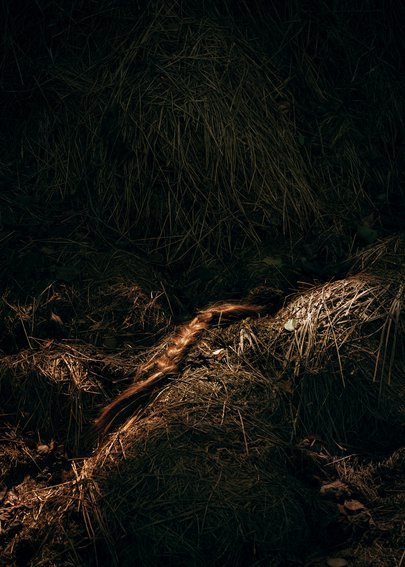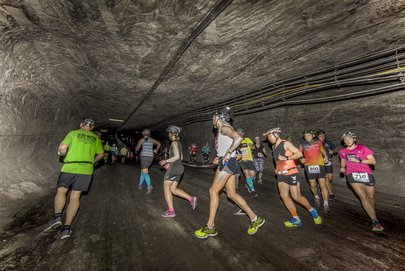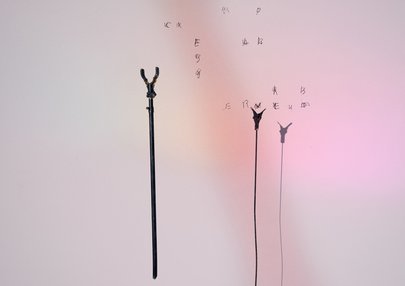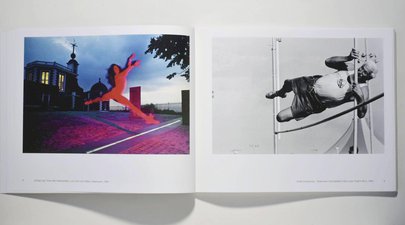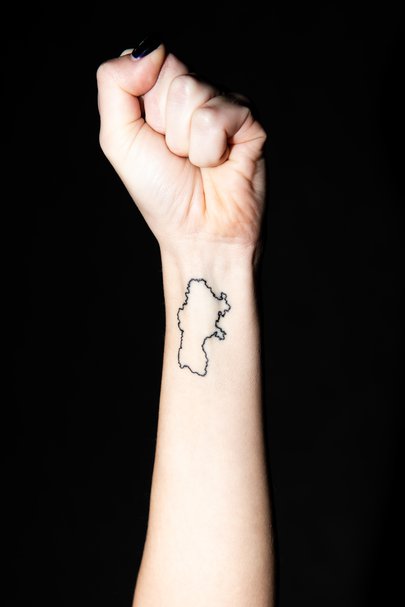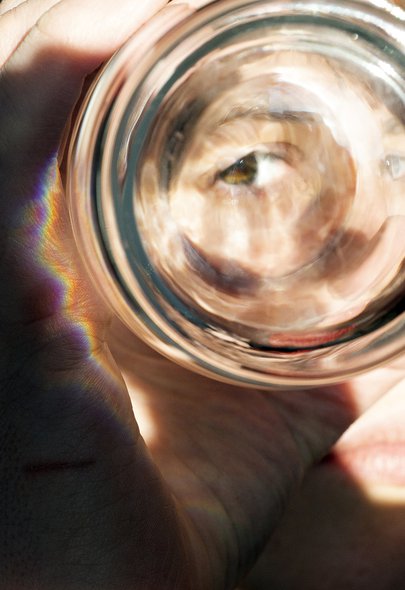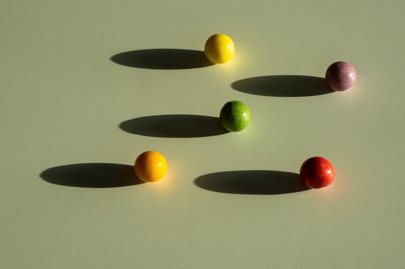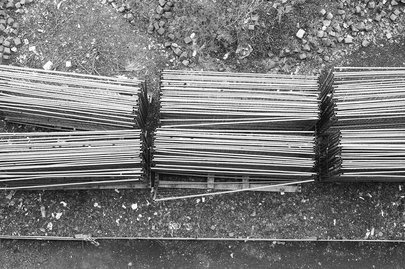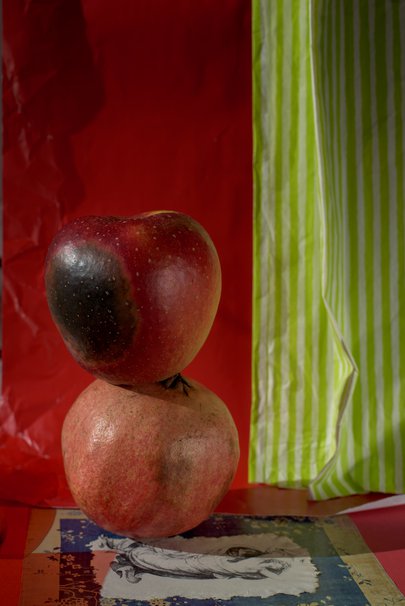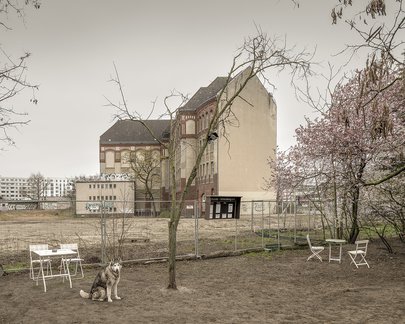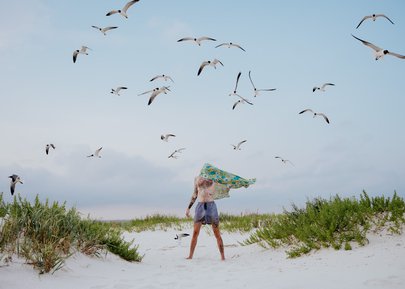Nadja Ellinger
"Path of Pins"
Sunday, December 4, 10:00 - 11:00 AM (CET)
Path of Pins is a pictorial retelling of Little Red Riding Hood that revolves around coming of age and the ever-changing representation of female characters in folklore. In one of the earliest orally transmitted versions of the tale, which later inspired Charles Perrault's Petit Chaperon Rouge, the wolf asks the unnamed heroine, "Which way will you go?" to which she chooses the way of the pins, the careless and fleeting way, as opposed to the way of the sewing needles, the irreversible way of the wolf. This decision of the pins reflects two interesting aspects: on a personal level, by refusing to follow the prescribed path, the heroine decides to remain a child and prefers the state of countless possibilities. By exploring what lies beyond, she takes us deep into the forest. On an abstract level, this metaphor of pins and needles relates to how fairy tales are edited: Like a butterfly collector, Perrault kills the living, ever-evolving oral narrative in order to present it to the reader in a pose that he has artificially imposed upon it: He forces the heroine into the corset of his ideologies. Compared to the early variants of the tale, in which the heroine outwits the wolf, Perrault reduces her to a naive girl who is guilty of her own rape. The fairy tale calls authorship into question: any form of retelling or restaging embeds earlier versions of the tale, repeats it, alters it, so that it will never be original-no authorship can be claimed over it. The fairy tale gives birth to itself. That's why I work with my friends, my family, my own body. It's a dream-like state where logic no longer applies and time works differently. The subconscious draws connections, develops a narrative that I was not aware of, and finds analogies between this universe and reality, sewing these two worlds together. The narrative unfolds, slowly, growing with each iteration. Like a living being.
Nadja Ellinger is a visual artist who works with the female figure in oral traditions and folklore. She was born in 1993 in a small medieval village in the middle of Germany. She spent most of her time in the forest and in books and fell in love with fairy tales, folklore and storytelling. After graduating with a Bachelor's degree in Photography from the University of Applied Sciences in Munich, she studied for her MA in Photography at the Royal College of Art in London from 2018 to 2020. Nadja's work has been exhibited and published in the UK, USA, Italy, UAE, Denmark, Germany and France, among other countries. Most recently, she exhibited at Copenhagen Photofestival 2021, OpenWalls Arles 2021 and Ashurst Art Prize 2021 in London. She has worked for clients including Vogue USA and the British Design Museum.
Essay by DFA-member Christoph Linzbach, announcing the presentation (in German): Link.
